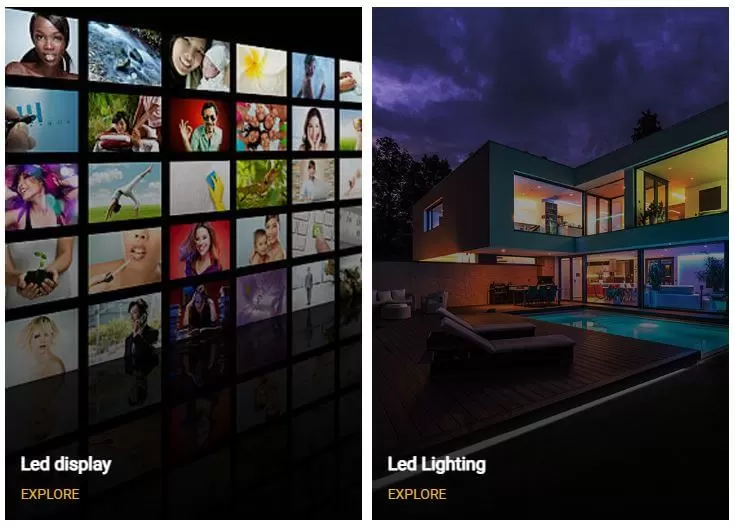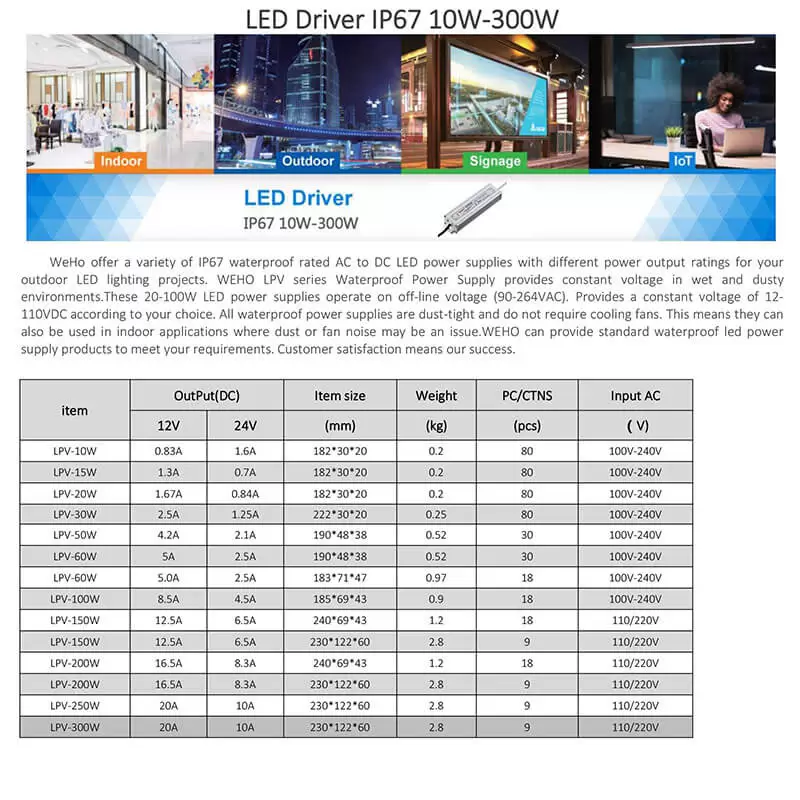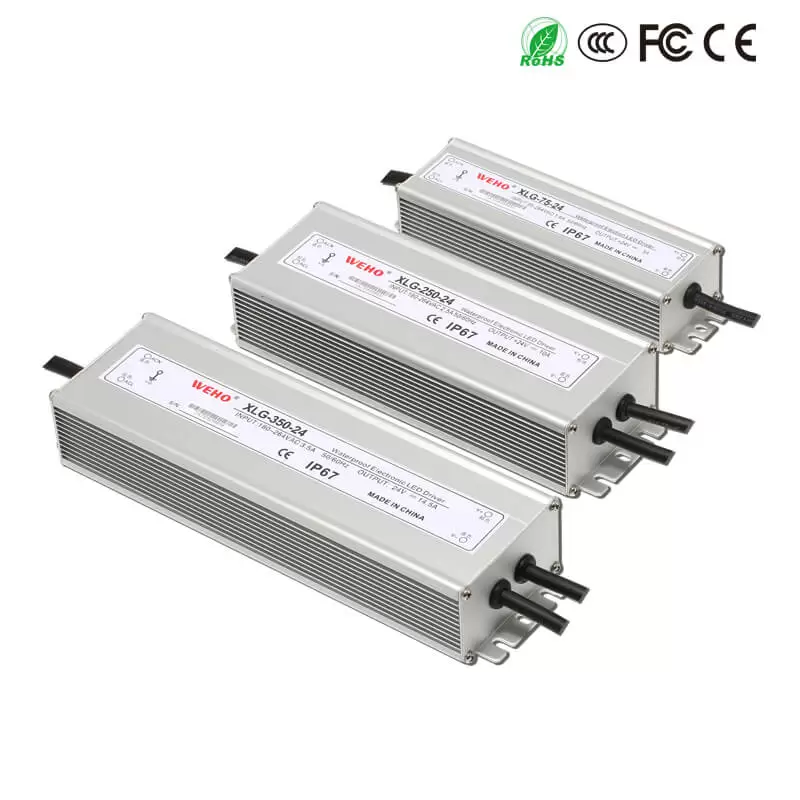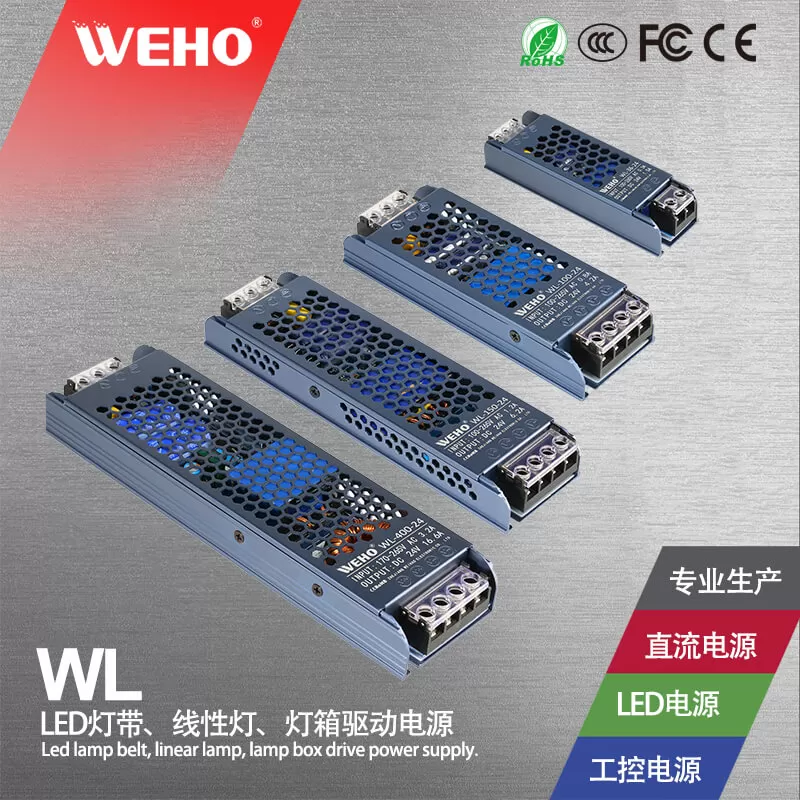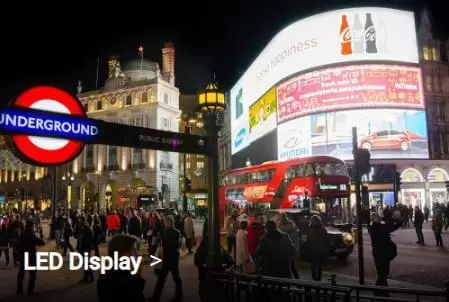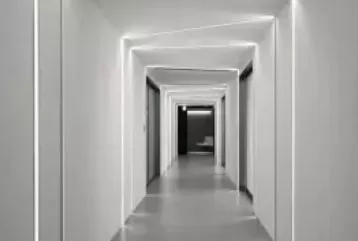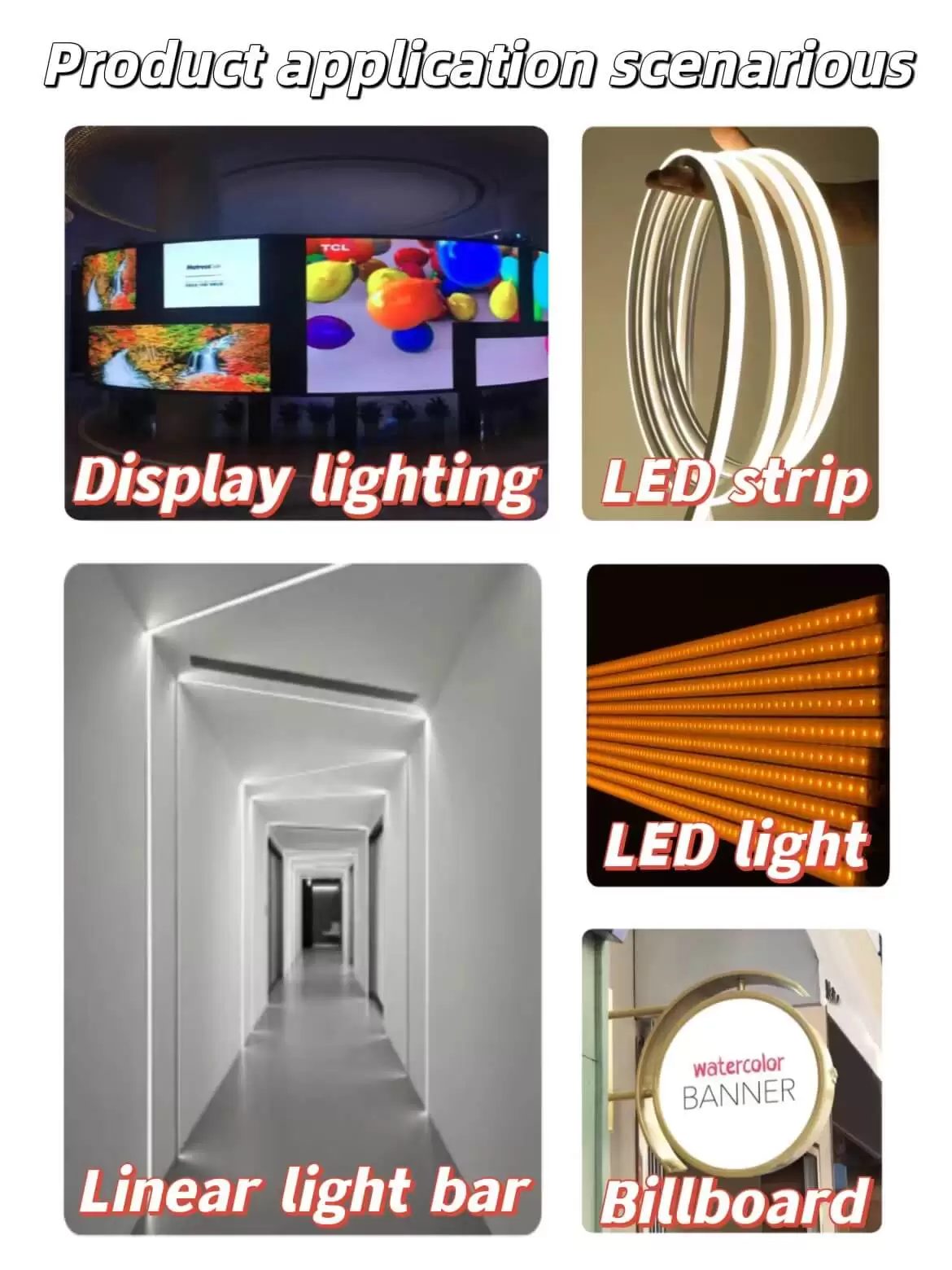Sustainable Lighting Beyond Efficiency
While LED drivers are pivotal for energy-efficient lighting, sustainability in lighting goes beyond just energy efficiency. It also involves responsible materials sourcing, product design, and end-of-life considerations. LED drivers and lighting fixtures designed with recyclability and minimal environmental impact in mind contribute to a more sustainable lighting ecosystem.
The Role of LED Drivers in Smart Lighting
Smart lighting systems are gaining popularity for their ability to optimize energy consumption and improve user experience. LED drivers play a crucial role in smart lighting solutions, enabling remote control, automation, and data gathering for energy management and predictive maintenance.
Future Challenges and Opportunities
Despite the remarkable progress, some challenges persist in LED driver technology. Compatibility issues between LED drivers and luminaires, standardization of dimming protocols, and power quality concerns are areas that require attention and innovation.
On the bright side, the future of LED driver technology presents exciting opportunities for further advancements. Collaborations between lighting manufacturers, semiconductor companies, and power supply experts can lead to new breakthroughs in energy efficiency, functionality, and integration.
Conclusion
LED drivers increase efficiency and have become the unsung heroes of sustainable lighting solutions. These small but critical components optimize energy consumption, extend LED life, and pave the way for a greener, more efficient lighting future.
As technology continues to evolve, innovations in LED driver technology will further drive energy savings, improve user experience and create a more sustainable world.
Employing high-efficiency LED drivers in lighting design and implementation not only helps save energy and costs, but also plays a vital role in the global effort to combat climate change and build a brighter, more sustainable future.


